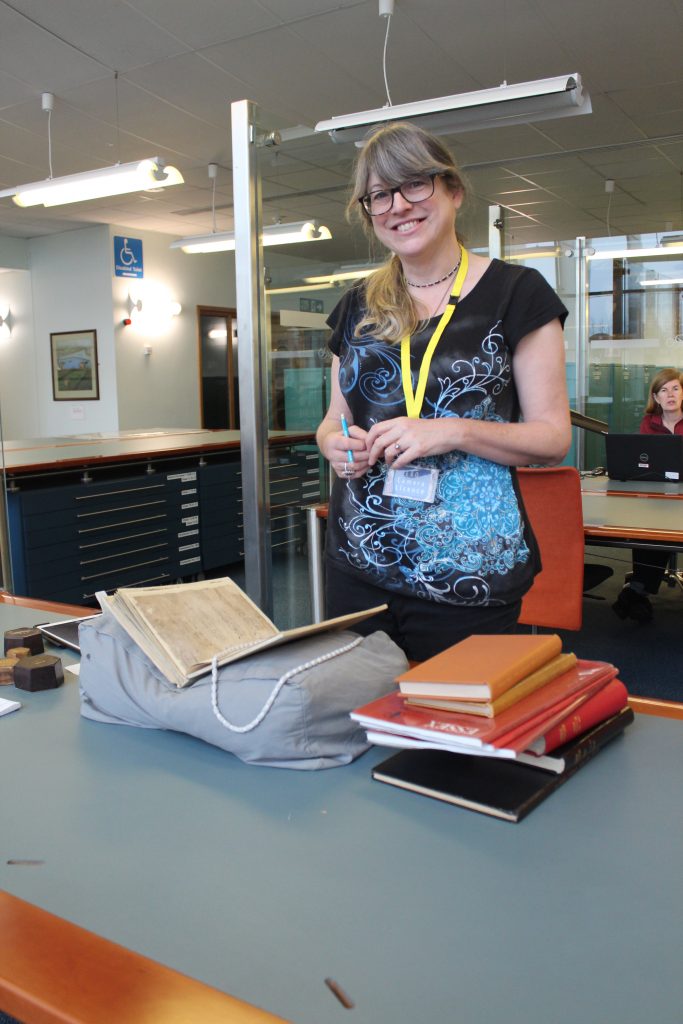
I’ve recently been at the Essex Record Office looking for evidence that will help me tell the story of the “St Osyth” witches of 1582 in a new book. I say “St Osyth” in inverted commas because although the witchcraft accusations that engulfed north-east Essex in 1582 started in St Osyth, in fact there is far more evidence of their impact on surrounding communities than there is on the village itself.
In February 1582, a servant of Lord Darcy at St Osyth Priory complained that her small son was being attacked by witchcraft. Once she had accused a neighbour, Ursley Kemp, and Ursley had confessed to witchcraft then more people came forward to make accusations. More villages in the manors and parishes controlled by the Darcy family – Little Oakley, Beaumont, Moze, Thorpe and Walton le Soken, Little Clacton and others – were drawn in. At least two people were executed and four others died in prison, with multiple other imprisonments too. One woman was released as late as 1588.
This story has fascinated me since I read it as a student over 20 years ago. But there are few surviving records from St Osyth. The Priory was attacked during the Civil War and its estate and parish records were likely lost then – an epic frustration for historians. But the records of the other witch-accusing communities and authorities were more fortunate. Among these is today’s focus: a record of Elizabethan visitations made by the Colchester ecclesiastical authorities to the parishes around St Osyth.
St Osyth itself answered to the Commissary Court of the Bishop of London and, guess what, the Commissary’s early records are lost (you might almost think St Osyth’s documents were cursed…!) but the ecclesiastical team from Colchester visited most of the other witch-rich villages. In each place, they recorded the names of the minister and Churchwardens. And today I found the names of some of the accusers of the 1582 witches and learned that they were Churchwardens too.
Here’s a nice clear link between parish authorities and witch accusations. It’s easy to suppose that religious-reforming folk went after suspected witches but it’s important not to stereotype accusers: they can’t be dismissed as just “fanatical puritans” or “Anglican worthies”. But in this case there’s some documentary evidence that they were the community’s religious leaders. It’s going to need more thinking about as I carry on researching the book.
Essex Record Office is one of the most impressive and friendliest archives in the UK, and it’s come up with the goods once again. Has your village got a hidden history of witchcraft? Were your ancestors accused? Or were they accusers? Are there still stories of witches in your community? So much more to discover.
Professor Marion Gibson – University of Exeter
